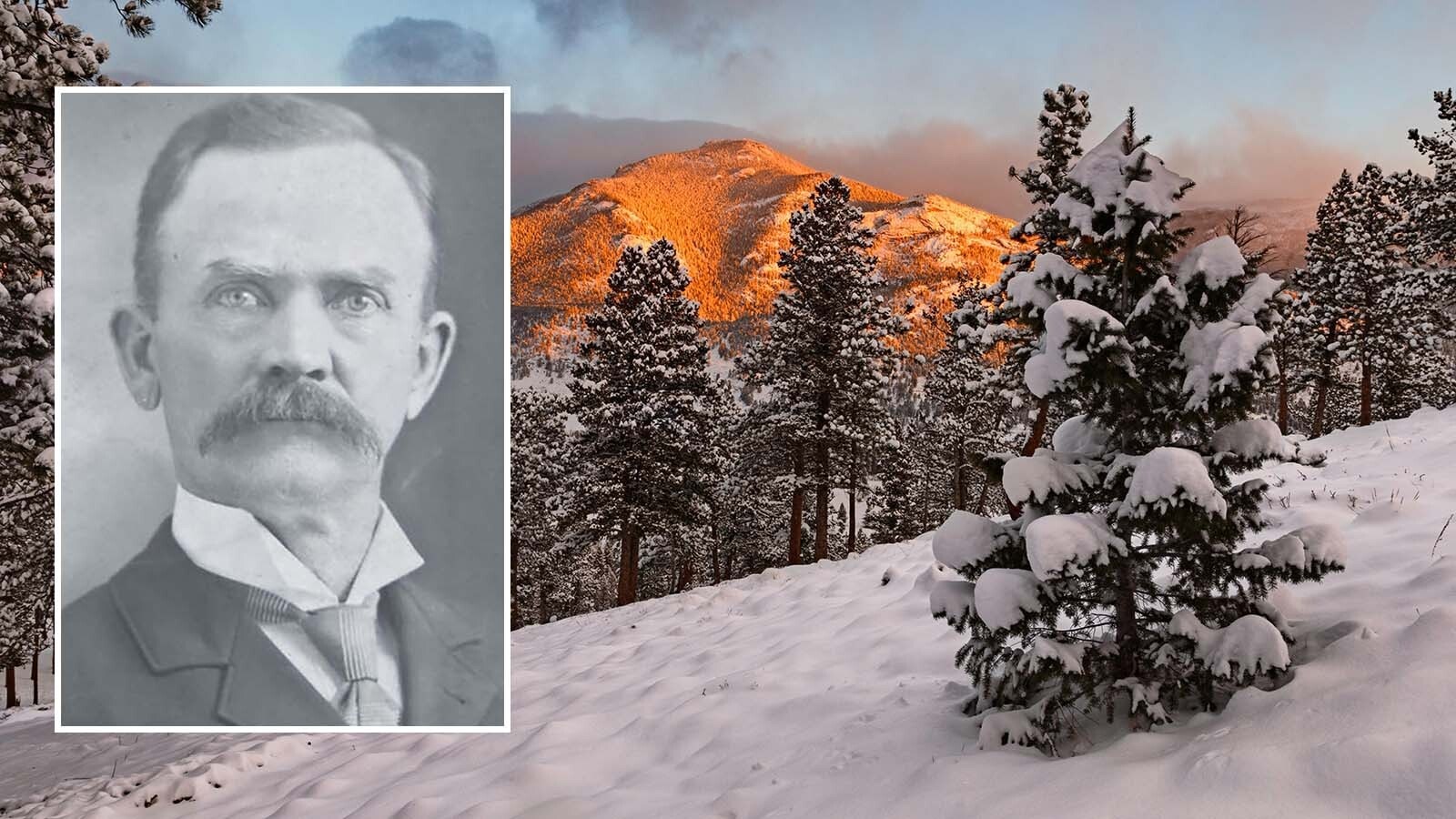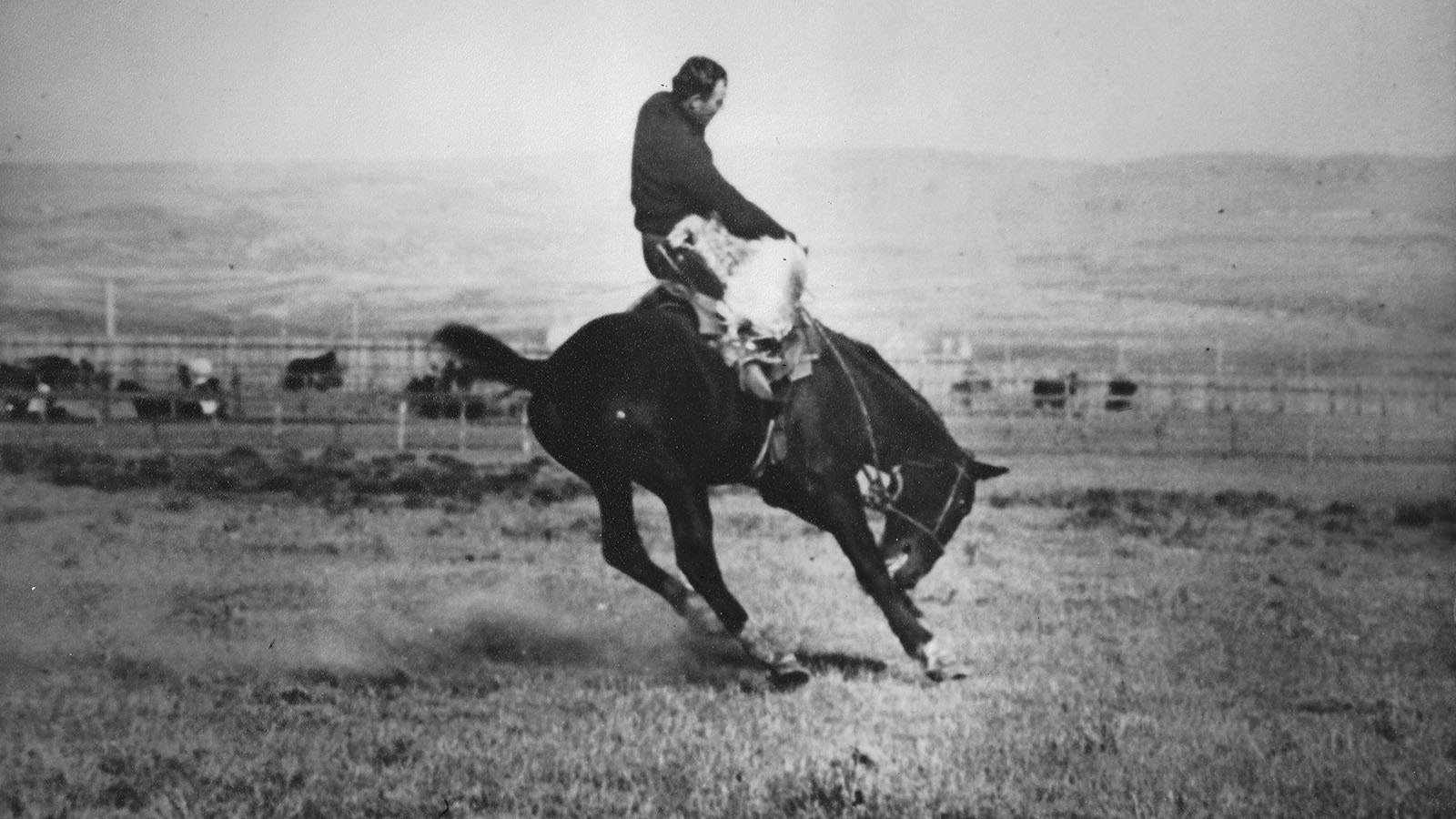Edward S. Curtis couldn’t possibly have known on a midsummer day in 1898 that his life was about to change forever.
Curtis, a thirty-year-old photographer, was part owner of a photography studio in Seattle. Since his move to Washington from his native Wisconsin eleven years earlier, he had met with fair success in his photographic endeavors. His favorite subjects were the Indians who lived in the region around Puget Sound.
Already some of his photographs of these striking people had won him several national awards.
Edward Curtis was also an outdoorsman, a lover of nature, and an accomplished mountain climber.
In fact, mountain climbing was the reason he was plodding along the rock-strewn slopes of Mount Rainier, some fifty-five miles southeast of Seattle. Mount Rainier, an ice- and snow-clad volcano jutting 14,410 feet above sea level, had been conquered only twenty-eight years earlier by two climbers who had almost died reaching their goal.
Ever since, the peak had been eyed by cautious climbers as a formidable foe, a glacier-covered mass that experienced frigid temperatures even in the middle of summer.
Curtis had ascended partway up Mount Rainier to photograph the breathtaking scenery from the heights. Above the timberline, he could see for miles in all directions.
It was those distant vistas that Curtis wanted to capture on his photographic plates. While rambling along the treacherous slopes, his heavy camera and photographic equipment in tow, Curtis stumbled upon a party of climbers who, well-equipped and seasoned-looking as they were, were lost.
The men were elated to see him. He quickly calmed their fears and assured them he knew the way down the mountain and would lead them to safety.
After the joy of being rescued had subsided, the men introduced themselves.
It was only then that Curtis learned he was among three of the nation’s leading conservation advocates and most eminent scientists. He shook frigid hands with Gifford Pinchot, chief of the U.S. Forestry Service; Dr. C. Hart Merriam, chief of the U.S. Biological Survey, forerunner of today’s Fish and Wildlife Service; and George Bird Grinnell, editor of Forest and Stream magazine, renowned authority on the Cheyenne Indians and founder of the Audubon Society.
The trio of eastern naturalists and Edward Curtis became fast friends.
The following year Curtis received an invitation to join the upcoming Harriman Expedition to Alaska as chief photographer. Named after its organizer and sponsor, railroad mogul Edward H. Harriman, the focus of the exploring journey had started out as a mere vacation for Harriman.
But before he was through, the tycoon had transformed his holiday into a full-blown, lavishly equipped scientific excursion that included fourteen members of his own family and twenty-five of America’s foremost naturalists, artists, ethnographers, photographers, and geologists, including two of Curtis’s new acquaintances, Merriam and Grinnell.
Returning to Seattle from Alaska in July 1899, Edward Curtis busied himself with processing the several thousand photographs he and his assistant had taken.
When the fourteen-volume Harriman Expedition report was published several years later by the Smithsonian Institution, Curtis’s photographs embellished page after page.
However, perhaps more important than the photographs was the germ of a grand idea that began to haunt Curtis over the next several months. After visiting the Blackfeet Indian tribe with his friend Grinnell, Curtis finalized his thoughts and prepared to embark on an artistic journey that would take thirty years.
Edward Curtis was convinced that he must photographically document the life and lifestyles of American Indians before they became more displaced and marginalized than they already were. With the enthusiasm of a zealot, he embarked on his monumental project, hoping to pay for it out of the proceeds of print sales and income from his Seattle studio.
Curtis first visited the American Southwest. From there he traveled to the Great Plains and Rocky Mountains. In 1904 he returned to Seattle with more than one thousand negative plates depicting life among the various Pueblo tribes, the Apache, the Navajo, and the many agricultural tribes that lived along the Colorado River, as well as the Sioux, Cheyenne, Blackfeet, Nez Perce, Crow, and other plains and mountain tribes.
A successful exhibit of his photographs in Seattle earned the photographer an invitation to come to Washington, D.C. and display his work there. While in the capital he was introduced to President Theodore Roosevelt, who showed great interest in the project. Several magazine articles illustrated with his photographs and a lecture tour in the East enhanced Curtis’s growing reputation.
Roosevelt arranged an appointment for Curtis to meet with the financier J. P. Morgan, and when the two men parted, Curtis had Morgan’s assurance of financial backing for the publication of his photographs in book form, “the handsomest ever published.”
For the next twenty-one years, Curtis traveled the length and breadth of the American West photographing Indians of many tribes, both on and off reservations. Eighty tribes were represented in more than forty thousand photographs. The first volume of his opus was published in 1907. It carried a title page that accurately described the effort:
The North American Indian
Being a series of Volumes Picturing and Describing the Indians of the United States and Alaska, written, illustrated and published by Edward S. Curtis, edited by Frederick Webb Hodge, foreword by Theodore Roosevelt, field research conducted under the patronage of J. Pierpont Morgan, in twenty volumes.
Twenty-three years later, the twentieth and final volume of The North American Indian rolled off the presses. A limited edition of five hundred copies was printed and although fewer than two hundred sets had been sold by 1930, it has since become a highly-sought-after collector’s item.
“The ordinary book of today will last but a few generations…. This publication should last for a thousand years.” is how W. H. Holmes, chief of the Smithsonian Institution’s Bureau of American Ethnology, described the magnificent tomes. The project was extolled in the press as “the most gigantic undertaking since the making of the King James Edition of the Bible.”
Over the years, as book sales waned, the Morgan family, having no further interest in the book, sold all the remaining copies, photogravures, documentation, and notes pertaining to its publication to a New York printer, who in turn disposed of the material over time.
Edward Curtis died in Los Angeles in 1952, never realizing that someday a complete set of the twenty volumes of text and twenty portfolios of photographs of The North American Indian—when it could be found—would command three million dollars (a price paid in 2012), a far cry from the $3,000 issue price.
James A. Crutchfield can be reached at TNcrutch@aol.com









